So I still do not have my new pH meter but I’m calibrating my old cheap one now since I have the pH solution. Based on my last bake I know that I have been way overproofing in recent weeks while trying to push fermentation and have allowed the pH to get too low resulting in proteolysis. I measured rise by aliquot jar and any comments on rise refer to the aliquot jar not actual main dough rise. So as not to damage the aliquot jar dough or the main dough, I create a second aliquot jar that I use to measure the pH from. The dough started with a pH of around 5.74. Bulk fermentation was done in a proofing box at 80ºF.
For this bake I shaped when the pH was 4.57 and 60% rise. Then the dough in banneton returned to the proofing box at 80ºF and allowed a final proof until the pH dropped to 4.27 and a rise of 90%. Then the dough was placed in a 3ºC fridge for 18.5 hours. I then baked the as per my usual procedures which I’ve written up many times before in my blog.
In order to compensate for the pH variation due to temperature, I warmed a small amount of water and added some of the aliquot dough to it to bring it up to a temperature of 80ºF and the pH of that dough was 4.15. So assuming that my cheap pH meter is accurate enough, I could have pushed bulk a bit further. I wasn’t sure how much further the pH would drop in the fridge but next time I might give the dough longer in the warm final proof and cold retard once the pH gets to 4.2 or so which might be a rise of closer to 95-100%.
Anyhow, based on how the bread baked up, this is much better than my recent bakes. I think going forward I will continue to use both the aliquot jar to assess rise and pH as I think both are super useful.
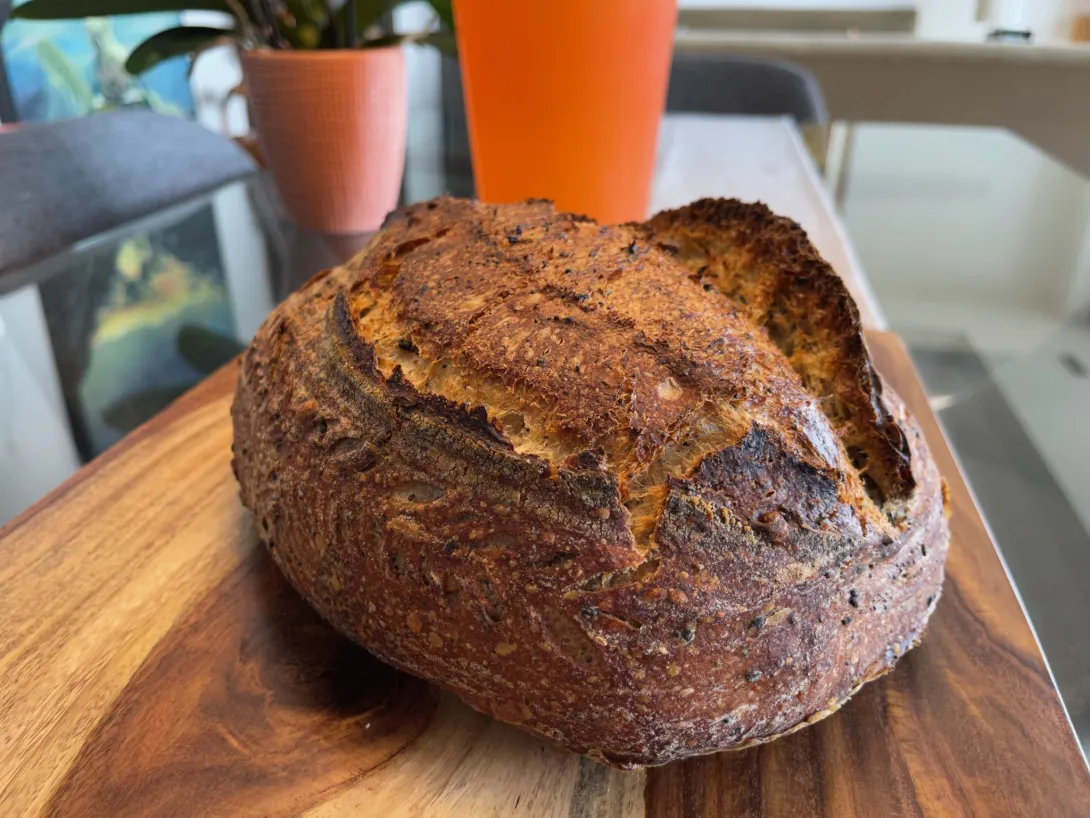
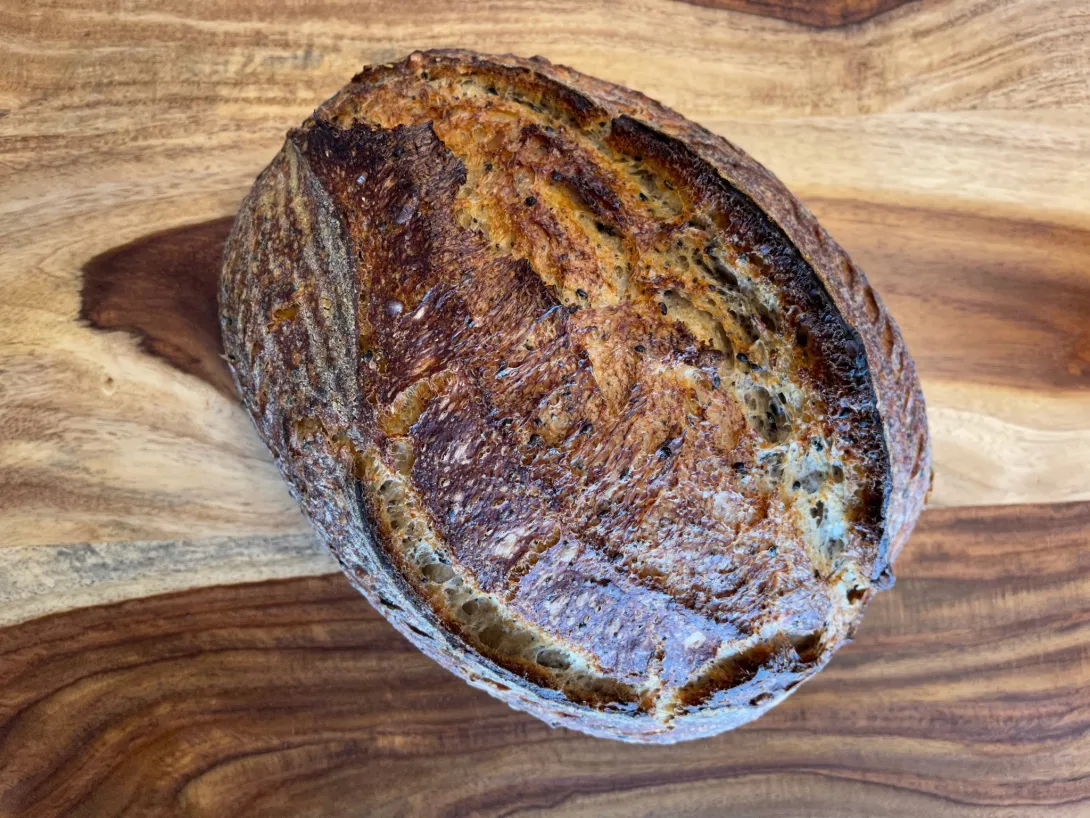
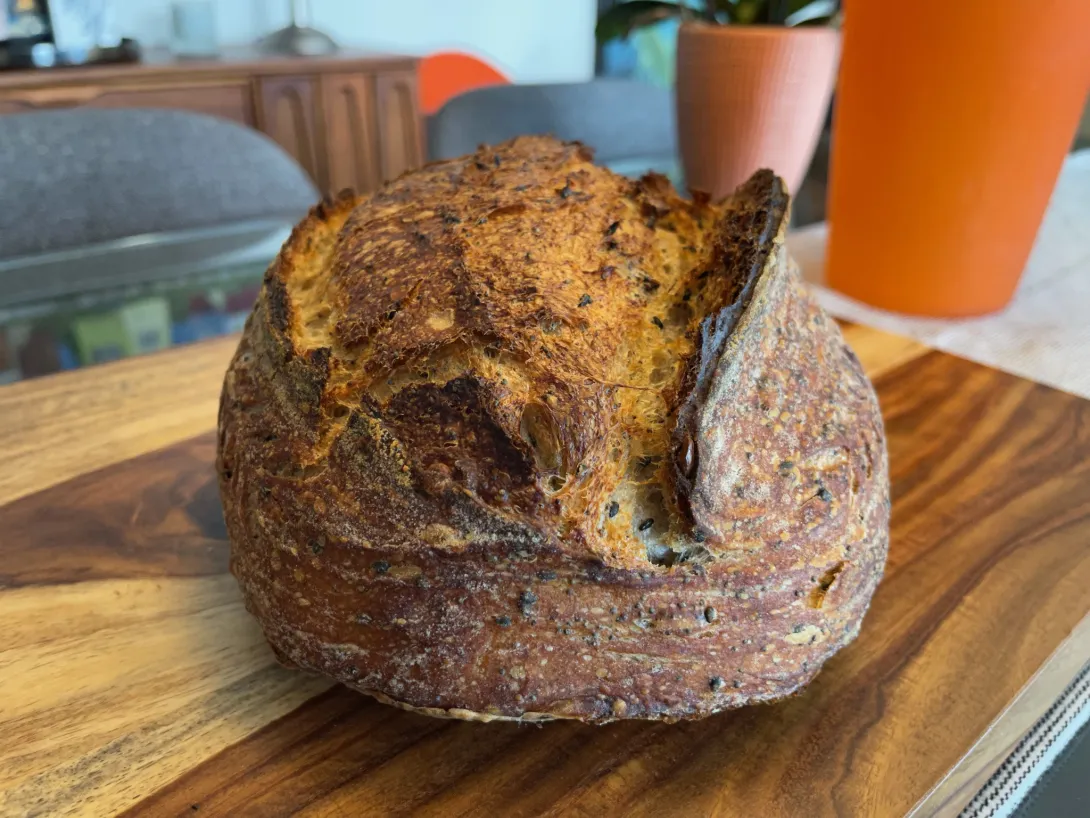
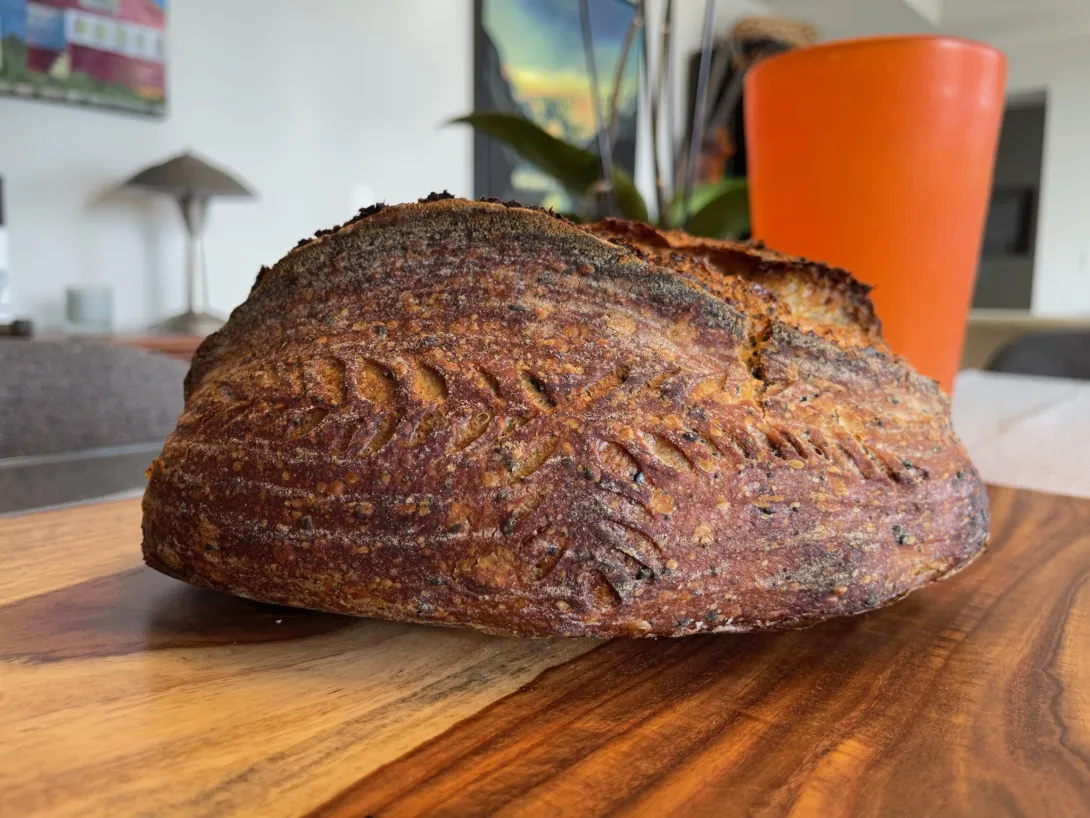
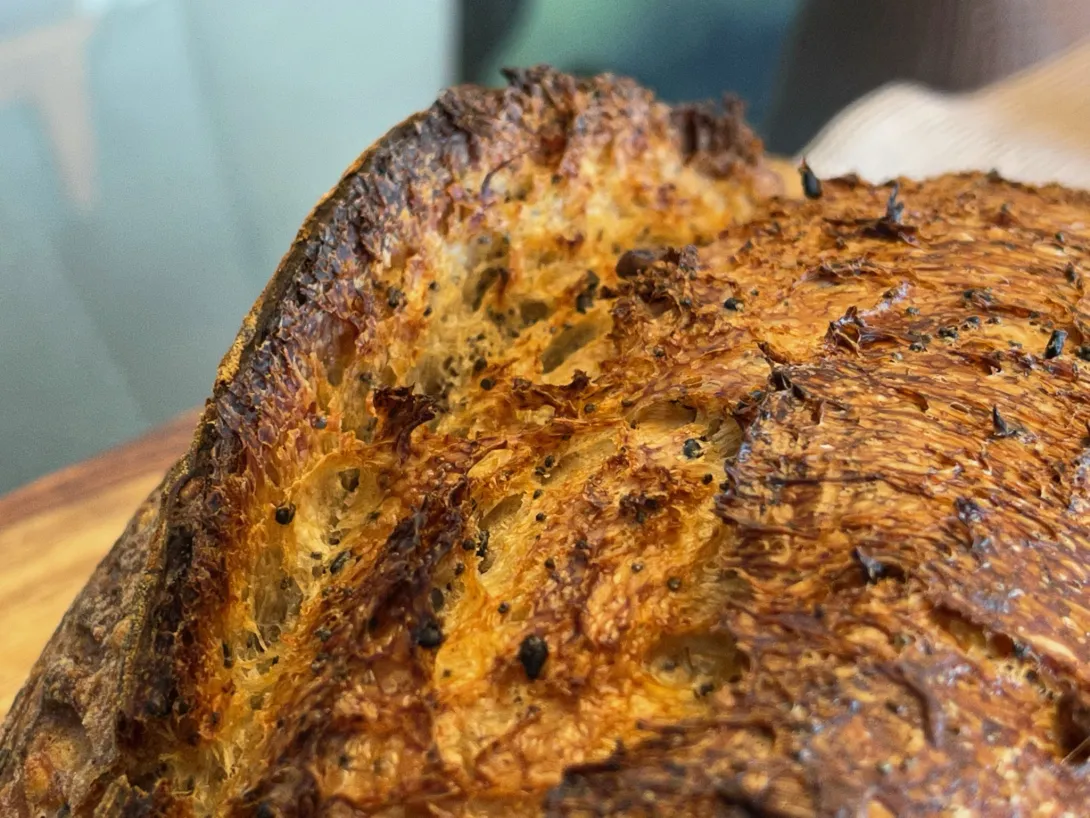
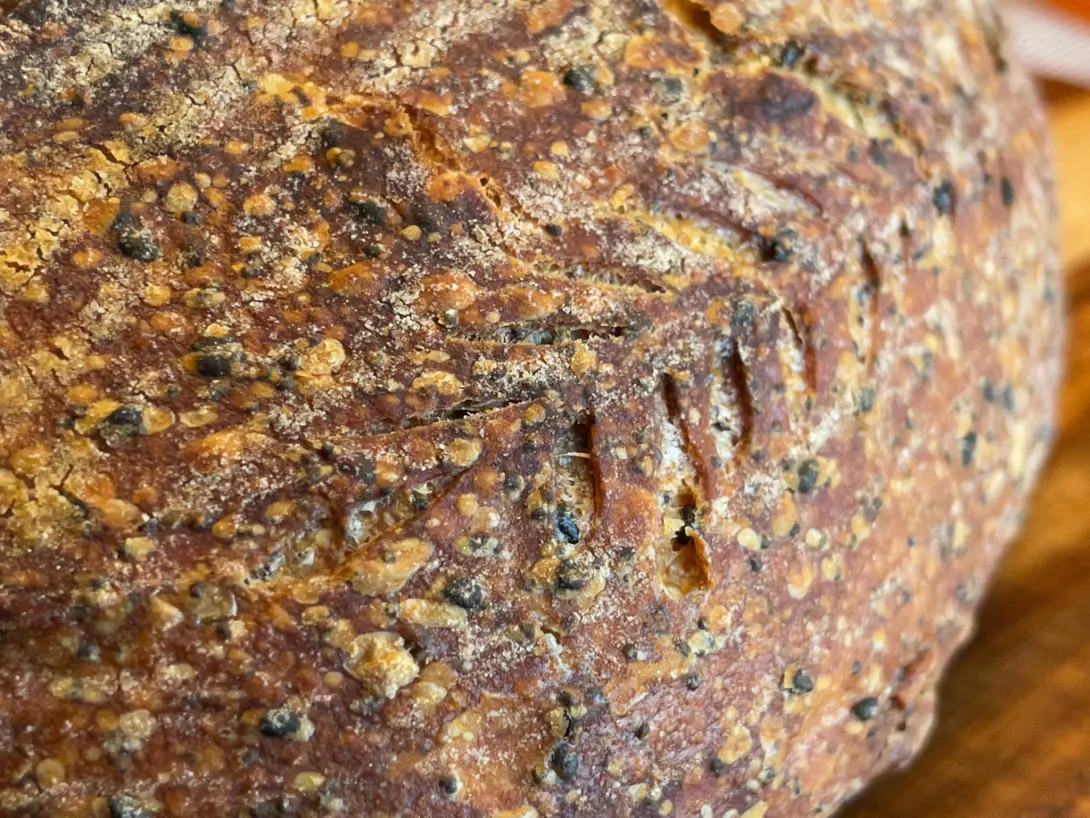
- Benito's Blog
- Log in or register to post comments
Benny, you will enjoy the ATC (auto temperature compensation) feature on your next pH Meter. Make sure the one you get has that feature. Mine uses two probes, one for pH and the other for temp. Both are inserted into the dough at the same time.
Yes I will enjoy the ATC, the Hanna bread and dough pH meter has that thank goodness. It was just luck that it had it because I wasn’t even aware that it was something I should be looking for. This one has a single probe, I think I will continue to use two aliquot jars in the future, one for rise and one for pH. Now that I have tried it twice, I can see the benefit of using both pieces of data as well as the usual visual and tactile clues.
Benny
I think that next time I’ll log a bit further with the pH and aim to bake at a pH of 4.1. This is hard to do of course because at this point I don’t have enough data to guess at what pH I should go from warm proof to cold retard. If my pH meter is to be believed then 18.5 hours of cold retard only dropped the pH by 0.12. Speaking to another baker who uses pH in his bakes he finds for his 700 g loaves that they drop 0.2-0.3 pH overnight in cold retard.
Pleased enough with the crumb, still cannot seem to get lacy, but that gives me something to aim for. Better than the overproofed loaf from last week.